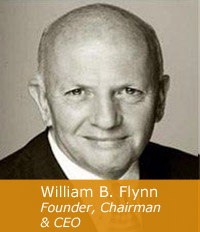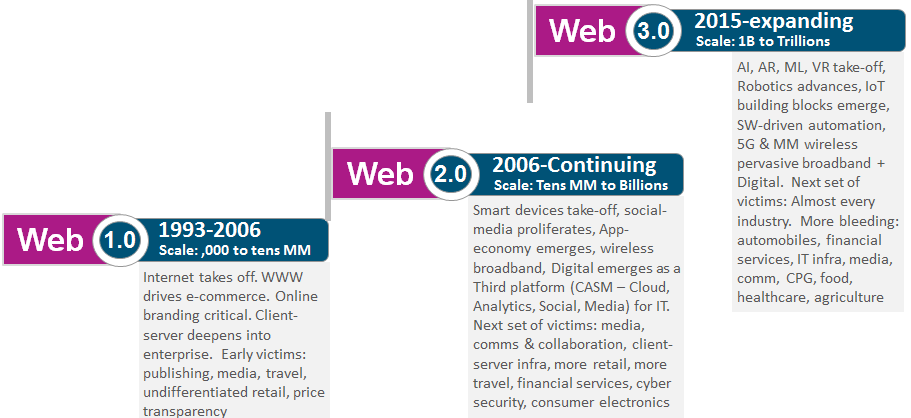- Home
- Login
-
About Emergis
- Emergis’ Proposition
- Client Focused Execution
- Team
- Locations
About Emergis
-
Business Transformation
- Emergis Approach
- Our Clients
- Digital Business
Business Transformation
-
Capital Solutions
- Bridging the Liquidity Gap
- Investment Banking
- Cross-Border Investment Expertise
Capital Solutions
-
Emergis Capital Exchange
- Overview
- How It Works
Emergis Capital Exchange
- Investor Portal
- Become an Investor

- Contact Us
Emergis Global Capital
Emergis bridges the gap between global investors and targeted investments
- About Emergis
-

Emergis, a Forward-Thinking Merchant Bank
-
- Business Transformation
-

Know what you own, and know why you own it.
-Peter Lynch
-
- Capital Solutions
-

Emergis, Leading the Way in Cross-Border Alternative Investments
-
- Emergis Capital Exchange
-

Emergis, a Bridge for Alternative Capital and Innovative Solutions
-
- Investor Portal
-

Know what you own, and know why you own it.
-Peter Lynch
-



